The texture of an American-style soft-baked cookie—that perfect balance between chewy center and crisp edge—often hinges on a seemingly minor detail: butter temperature. Professional bakers and home cooks alike have long debated whether to use room-temperature butter, melted butter, or even cold butter when mixing cookie dough. What many don’t realize is that this single variable dramatically impacts cookie spread, thickness, and overall mouthfeel. The relationship between butter temperature and cookie spread isn’t just kitchen lore; it’s a fascinating interplay of chemistry and physics that determines whether your cookies emerge as thick pucks or thin, lacy discs.
Butter behaves differently at varying temperatures, and these changes directly affect dough viscosity. When butter is creamed at room temperature (around 65–70°F), it traps air pockets during the mixing process, yielding cookies with a slightly cakey structure and moderate spread. Melted butter, on the other hand, coats flour proteins more thoroughly, limiting gluten development and creating a denser, chewier cookie with greater spread. Cold butter, when cut into the dough, melts more slowly in the oven, resulting in less spread and a taller, more structured cookie. The choice isn’t merely about preference—it’s about understanding how fat interacts with other ingredients under heat.
Experimentation reveals striking visual differences. Dough made with melted butter often spreads rapidly in the oven, producing cookies with caramelized edges and a wrinkled surface. Room-temperature butter dough tends to hold its shape longer before setting, leading to uniform thickness and a softer crumb. Interestingly, refrigerating dough before baking—regardless of initial butter temperature—can mitigate excessive spread by allowing fats to solidify again. This technique is particularly useful for recipes with high sugar content, as sugar liquefies during baking and encourages spreading. The timing of butter incorporation also matters; over-creaming room-temperature butter with sugar can incorporate too much air, causing cookies to rise and collapse unpredictably.
Beyond texture, butter temperature influences flavor distribution. Melted butter’s liquid state allows it to blend seamlessly with brown sugar, enhancing caramel notes and creating deeper flavor pockets. Cold butter, when left in small chunks within the dough, creates irregular pockets of richness—a desirable trait in certain rustic-style cookies. Even the type of butter (European-style with higher fat content vs. standard American butter) reacts differently to temperature changes, affecting both spread and moisture retention. Bakers seeking precision often use infrared thermometers to verify butter consistency, as even a 5-degree variance can alter outcomes.
The science behind this phenomenon involves multiple factors. Butter is an emulsion of water, fat, and milk solids that breaks down under heat. Warmer butter releases moisture more quickly during baking, creating steam that lifts the dough temporarily before the structure sets. This steam contributes to spread but also to tenderness. Fats also interfere with gluten formation; the more liquid the butter, the less gluten develops, resulting in a more tender bite. Recipes with higher ratios of white sugar (which promotes spread) versus brown sugar (which retains moisture) will exaggerate the effects of butter temperature, making proper butter handling even more critical.
Seasoned bakers often manipulate butter temperature intentionally to achieve specific results. For thick bakery-style cookies, some prefer browning melted butter first—a process that evaporates water content—then chilling it until semi-solid before creaming. Others swear by the "reverse creaming" method, blending cold butter directly with dry ingredients to minimize gluten formation. In commercial kitchens, where consistency is paramount, butter is sometimes held at precisely 58°F to ensure uniform aeration during mixing. Home bakers replicating famous bakery cookies frequently overlook these subtle techniques, wondering why their versions spread differently despite following published recipes to the gram.
Environmental factors further complicate matters. Kitchen temperature, humidity, and even baking sheet material (dark pans promote faster butter melt than light aluminum) interact with butter’s behavior. Dough mixed in a warm kitchen with room-temperature butter may effectively become "warmer-than-room-temperature" dough by the time it reaches the oven. Some bakers combat this by briefly freezing portioned dough balls before baking—a trick that prevents premature spreading while allowing centers to remain soft. The pursuit of the perfect cookie becomes a dance between controlling variables and embracing the beautiful imperfections that make homemade batches unique.
Ultimately, mastering butter temperature is about recognizing it as the versatile tool it is—one that can be adjusted like a dial to fine-tune cookie architecture. Whether aiming for thin-and-crispy or thick-and-gooey, the baker’s control over this single ingredient unlocks endless textural possibilities. What begins as a simple stick of butter transforms, through temperature manipulation, into the defining character of America’s favorite sweet indulgence. The next time a cookie recipe specifies butter consistency with vague terms like "softened" or "just melted," pause to consider the scientific artistry at play—and how that attention to detail separates good cookies from unforgettable ones.
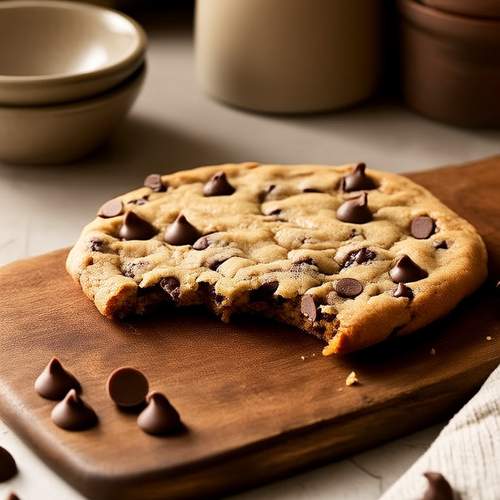
By /May 26, 2025
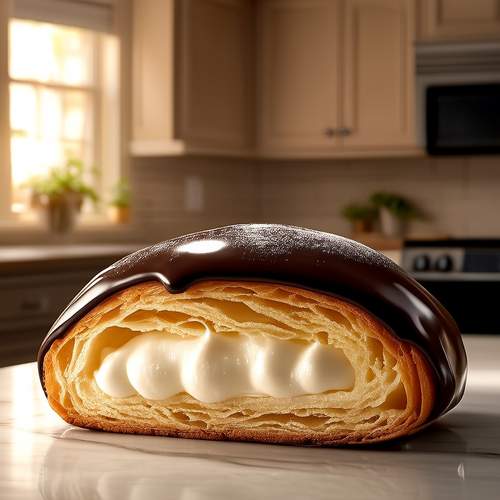
By /May 26, 2025
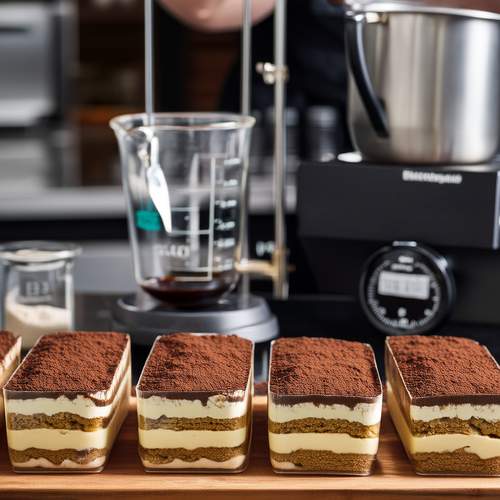
By /May 26, 2025
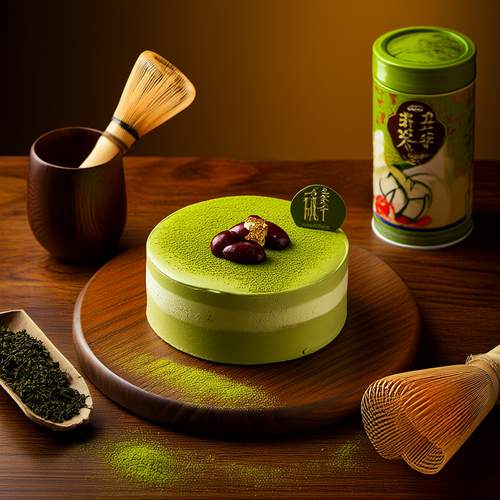
By /May 26, 2025
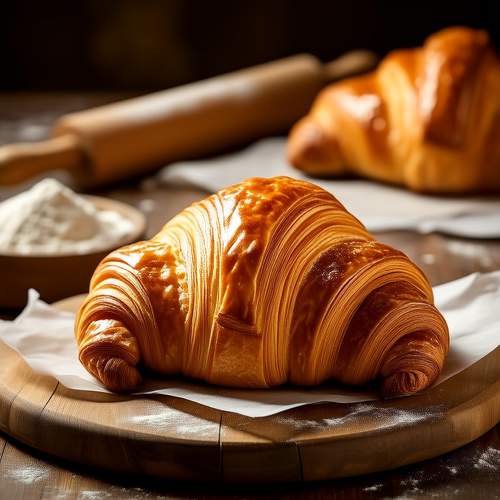
By /May 26, 2025

By /May 26, 2025

By /May 26, 2025

By /May 26, 2025
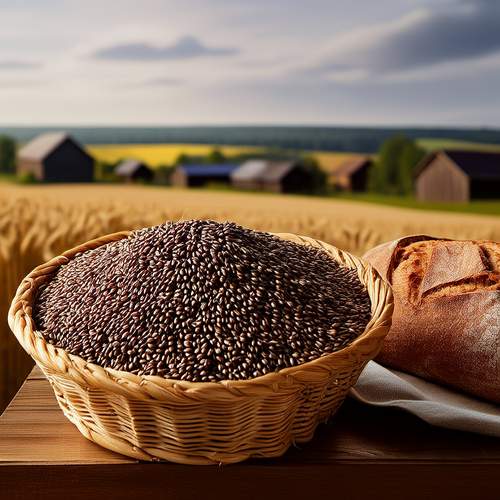
By /May 26, 2025
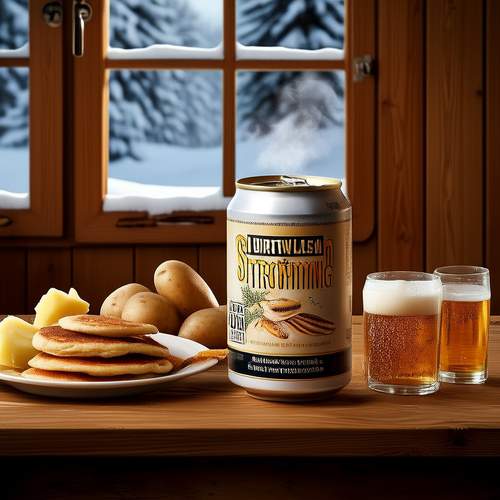
By /May 26, 2025

By /May 26, 2025

By /May 26, 2025
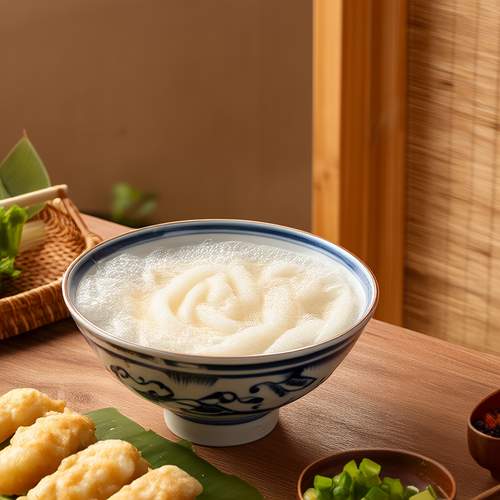
By /May 26, 2025
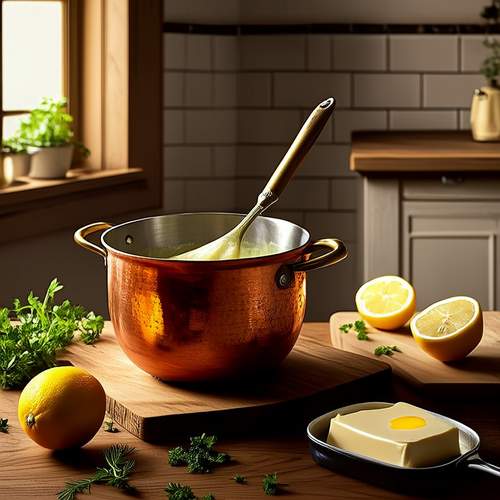
By /May 26, 2025

By /May 26, 2025

By /May 26, 2025
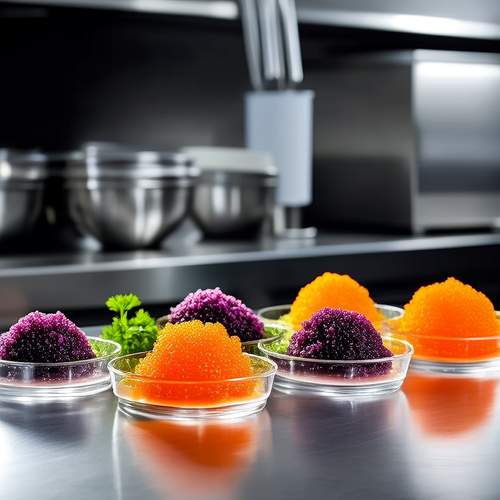
By /May 26, 2025
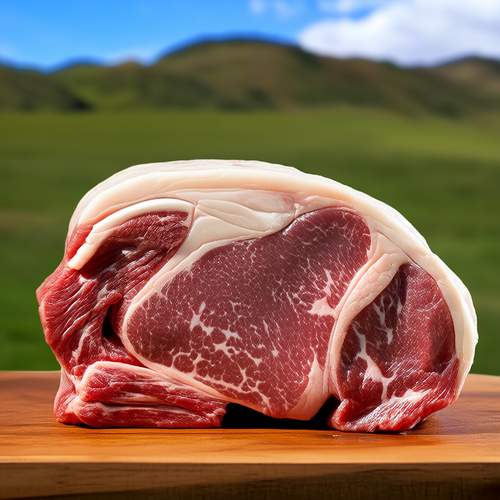
By /May 26, 2025
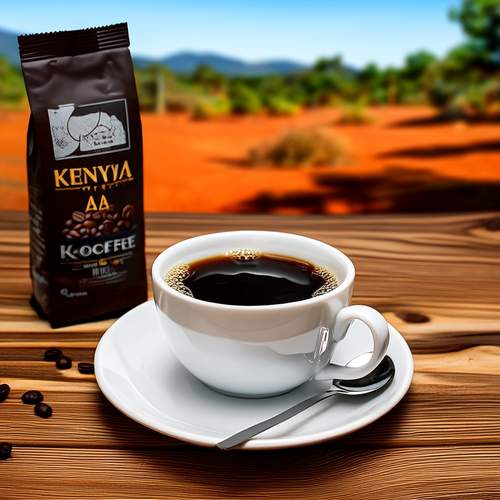
By /May 26, 2025

By /May 26, 2025